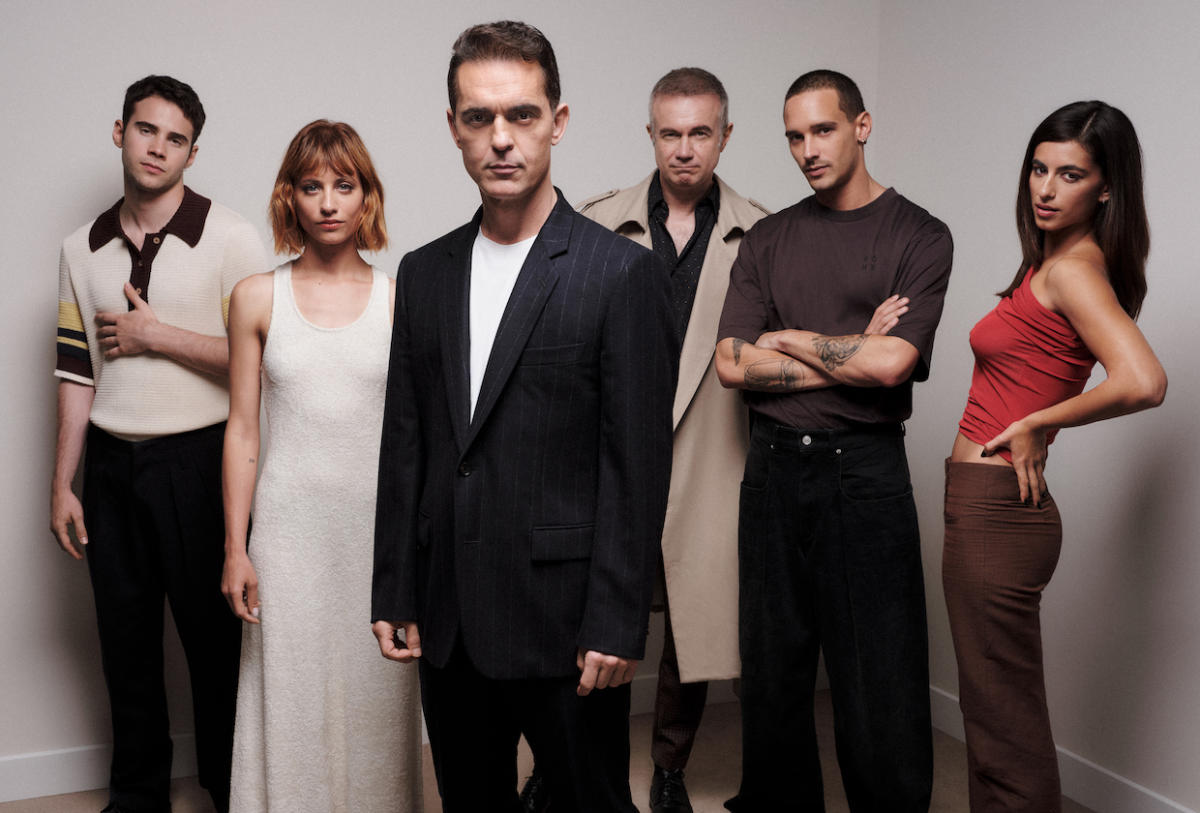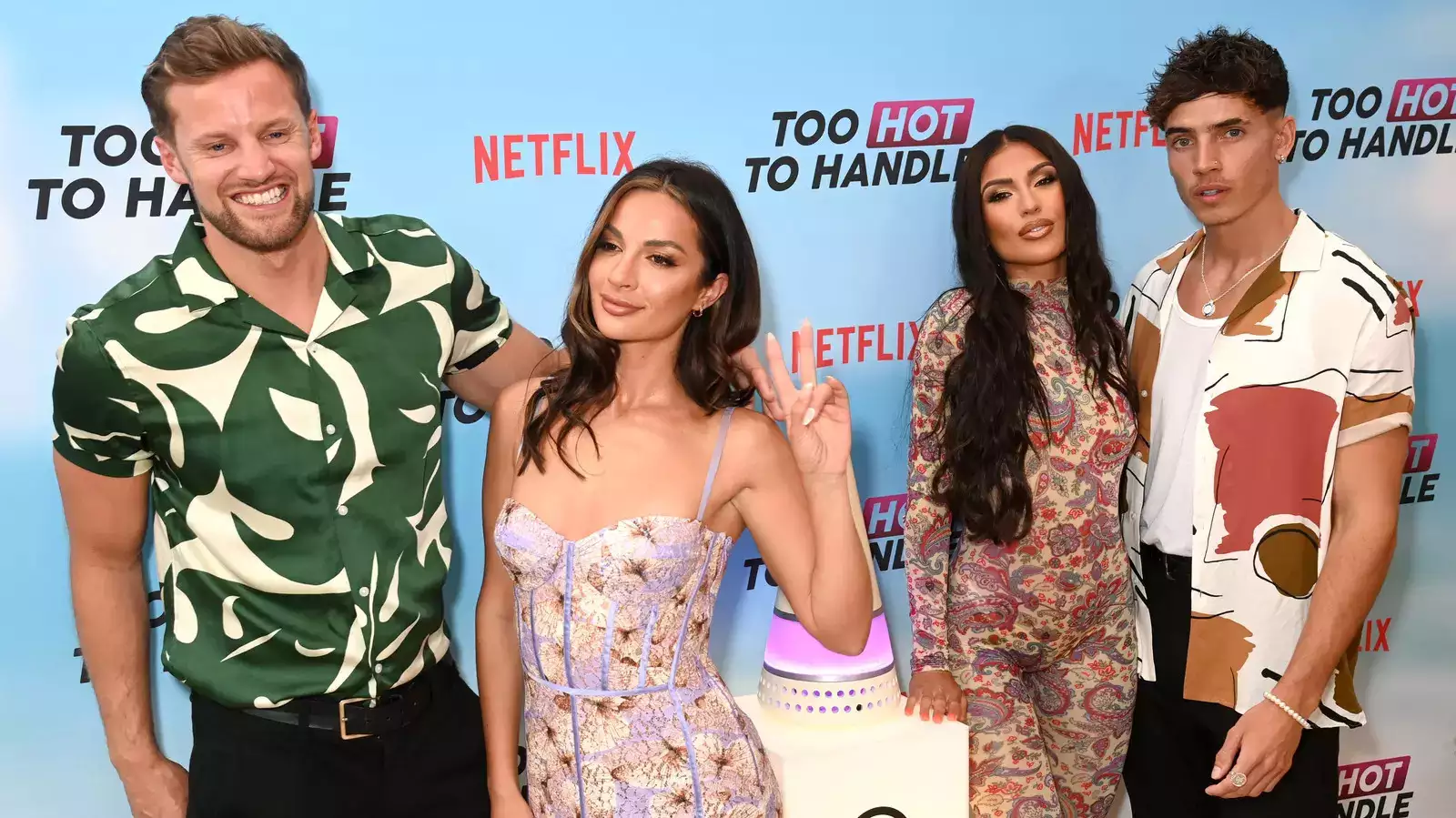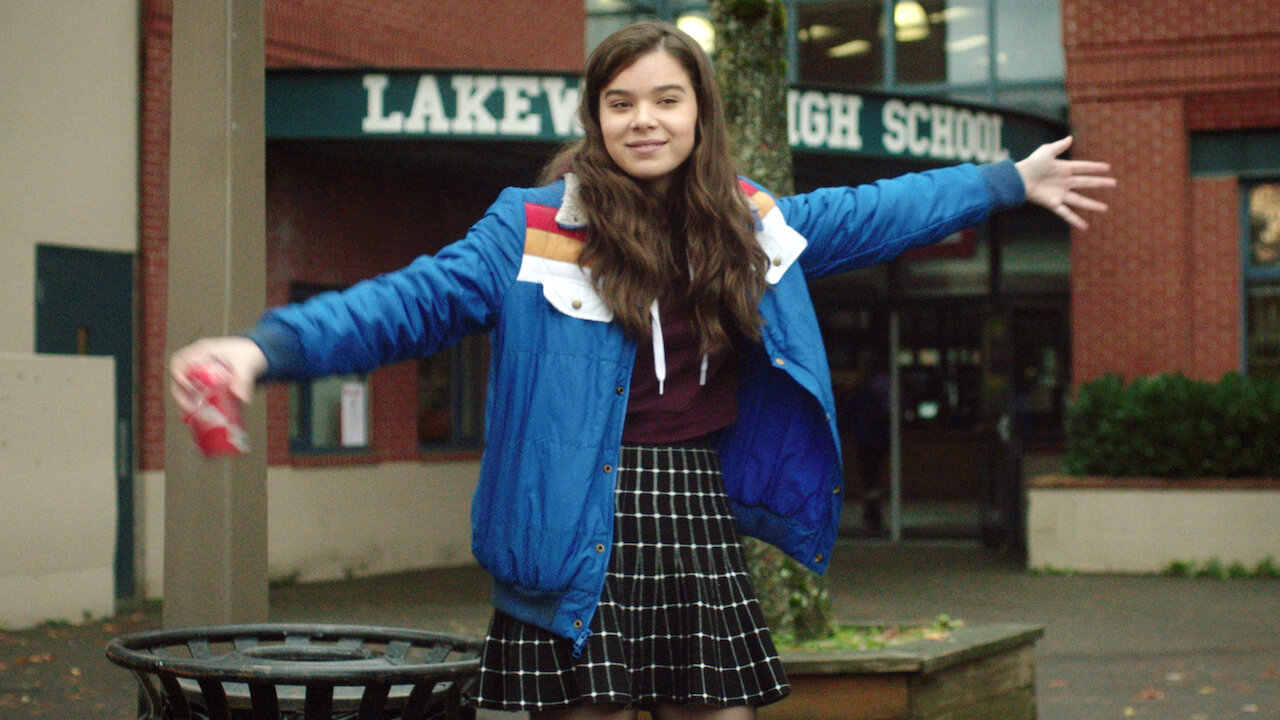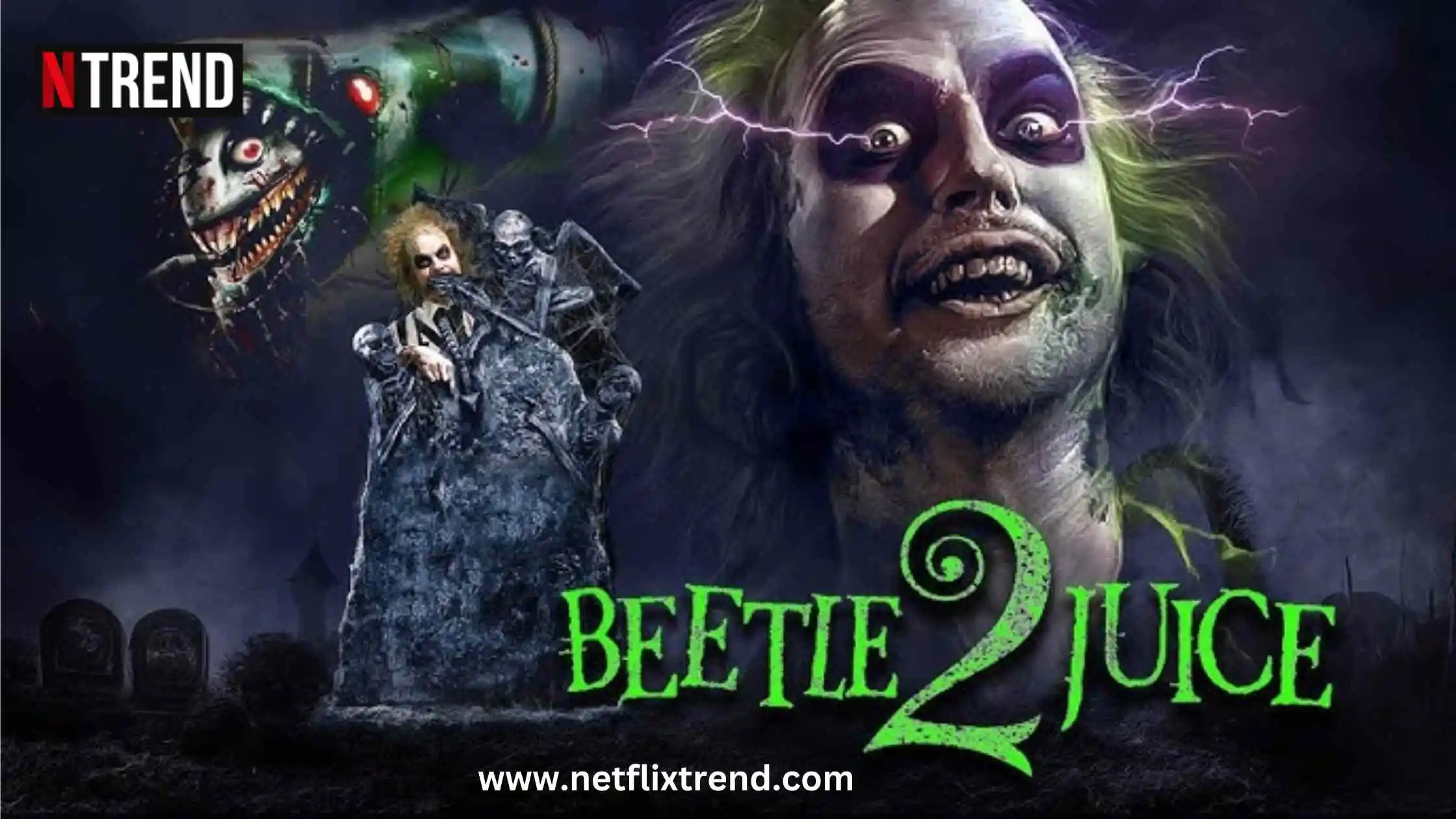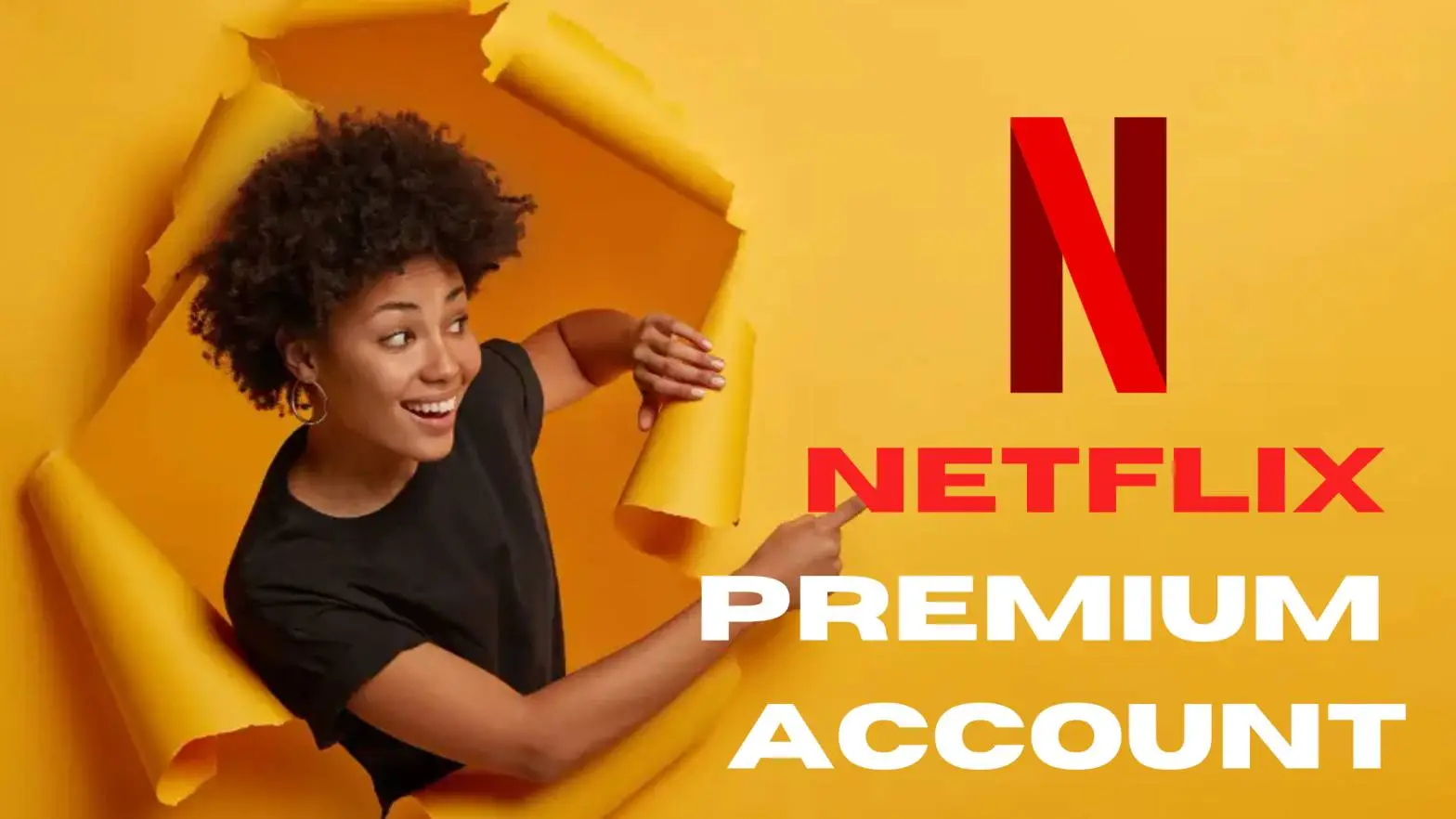Welcome to the second of a series of six that looks at Netflix and its efforts in the competitive space of children’s programming. In this first post, we’ll take a look at some of the significant steps and changes in Netflix’s strategy regarding streaming. These posts are by Emily Horgan, an independent media analyst with a background in television, driving content distribution strategies for kids’ IP.
The story goes that Despicable Me creator, Sergio Pablos, had to pitch three times to Netflix before a collaboration was finally agreed in 2016.
You’d think a creative partnership with a free agent of his pedigree, spanning Disney, Universal and Warner, would have been a first instance no brainer. Up until this point, however, Netflix had treated kids content as an icing on the cake proposition. It was there to sweeten the deal so parents would jump the paywall, happy to decompress with House of Cards in the evening, while their children had a variety and volume of content to pick from during the day.
What we’re seeing now, however, through trending tables is that movies are a key part of kid’s content performance and a dorsal fin of how important this audience is in a broader sense. That’s not really a surprise given that SVOD has behaviourally taken over where the video rental shop left off.
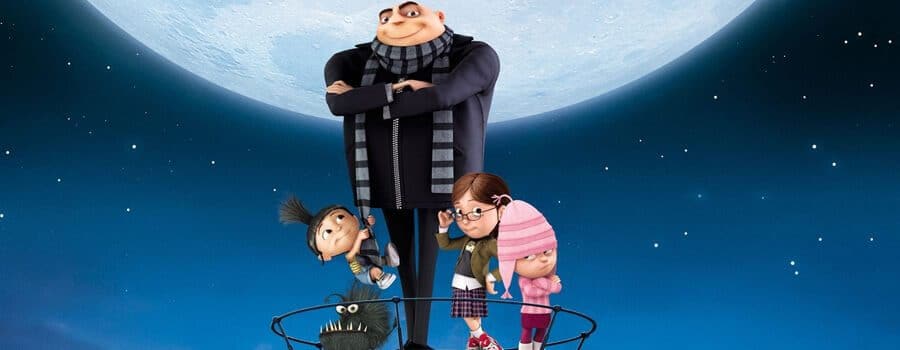 Predictable among strong performers is the ubiquitous presence of core franchise films, unsurprisingly featuring Pablos’ own Minions. Movies of this nature benefit from large scale impressions made at theatrical release, and ongoing buoyancy provided by subsequent sequels and derivatives. The continuing noise of new content supported beyond the platform by a gamut of toys, tee-shirts, music, YouTube videos, and the rest, solidify a top of mind position for families. The difficult part about this for Netflix is that up to now, many front-runners come from content pipelines outside of their control. Yes, they have multiple sources of content available, including longstanding collaborations with partners such as DreamWorks Animation/NBCUniversal, which we will look at in more detail in a later article. Watching the VOD landscape grow increasingly crowded, it’s reasonable to question how committed NBCU can stay to Netflix in particular. They have a number of other offerings to service including their own AVOD, Peacock, which launched in the US this Summer. The current theatrical semi-stasis and related content distribution uncertainty also comes into play. All these factors have the potential to leave Netflix with a deficit of vital content they know performs with key demos.
Predictable among strong performers is the ubiquitous presence of core franchise films, unsurprisingly featuring Pablos’ own Minions. Movies of this nature benefit from large scale impressions made at theatrical release, and ongoing buoyancy provided by subsequent sequels and derivatives. The continuing noise of new content supported beyond the platform by a gamut of toys, tee-shirts, music, YouTube videos, and the rest, solidify a top of mind position for families. The difficult part about this for Netflix is that up to now, many front-runners come from content pipelines outside of their control. Yes, they have multiple sources of content available, including longstanding collaborations with partners such as DreamWorks Animation/NBCUniversal, which we will look at in more detail in a later article. Watching the VOD landscape grow increasingly crowded, it’s reasonable to question how committed NBCU can stay to Netflix in particular. They have a number of other offerings to service including their own AVOD, Peacock, which launched in the US this Summer. The current theatrical semi-stasis and related content distribution uncertainty also comes into play. All these factors have the potential to leave Netflix with a deficit of vital content they know performs with key demos.
What Are Netflix Doing?
Netflix have taken some decisive steps in this space over the past few years. This has culminated in a recent stated ambition to release 6 animated features a year, coming from Ted Sarandos. To get to this point you could say that they swapped content acquisition for talent acquisition, procuring a large number of proven creatives from the studios where they used to buy movies. Such investments act like the course correction of a cruise ship, however, taking time to manifest. It’s not likely they’ll hit their target anytime soon as animated production in particular is a long process through which it’s impossible to shortcut. The first dividend, that which was agreed with Pablos in 2016, was Klaus which hit last November. At the time it was allegedly picked up because it was a Christmas film, not an animated film. It went on to score an Oscar nomination and clocked 30m views in its first 28 days; a result that generally matched up with what The Christmas Chronicles achieved the previous year. Over the Moon from The Little Mermaid’s Glen Keane (co-directed by John Kahrs) is the next big step in the journey, scheduled for release next week on October 23rd. Promising a multi-faceted visual style that has a wanton view on award season, and soundtrack quarterbacked by Hamilton’s Phillipa Soo, this feels like a critical deposit in the kid’s film space. Fei Fei, the plucky heroine, delivers on the fashionable Women in STEM angle and the cute, hilarious sidekicks will definitely appeal to kids. The Disney influence is incontestable with the inclusion in the setup of a deceased parent. The film has a lot going for it and Netflix could be forgiven for feeling slightly smug to have a quality content drop guaranteed, agnostic of any need to dabble in experimental distribution strategies we’ve seen with Trolls World Tour and Mulan. Another key element, and something we’re starting to see more of from Netflix, is an appetite to build this out beyond their platform. Kids are passionate little creatures; and appetite to consume across all touchpoints, toys being obvious, is self-fulfilling of success. Over the Moon has a strong colour palette and toyetic character design so it’s not surprising that Mattel has come on board to create a doll and plush line.Whether Netflix can catch a fish for themselves and generate a disrupt the space to the point that they no longer need to coast off big IP established by highly marketed, box office hits will be put to the test. They’ve proven that theatrical exposure isn’t the “be all” when it comes to adults, and success with this audience can be tied to many avenues, including a clear and present progress of IP coming from YouTube. Keeping families suitably motivated to fork over their cash has to be a priority though, they’re a loyal audience with alternative options abounding and a doorway to other subscriber segments. It could be said that Disney+ is betting the farm on them.#OverTheMoon hits Netflix tomorrow – they've taken over Chinatown in London! pic.twitter.com/GuhGxOud6f
— What's on Netflix (@whatonnetflix) October 22, 2020


.jpg)

